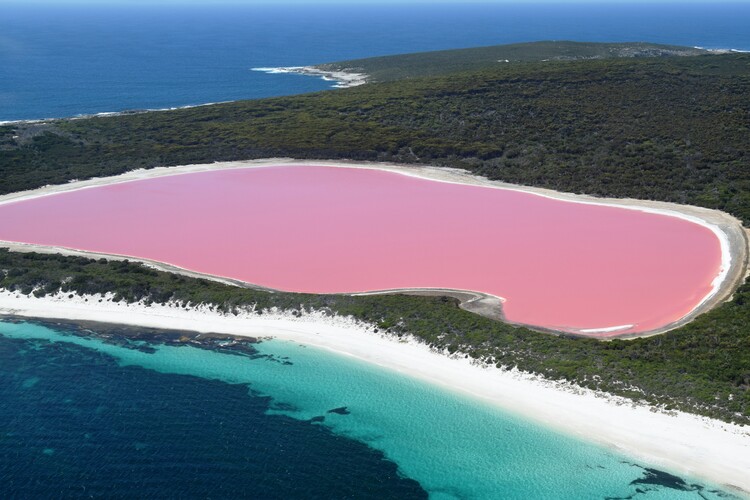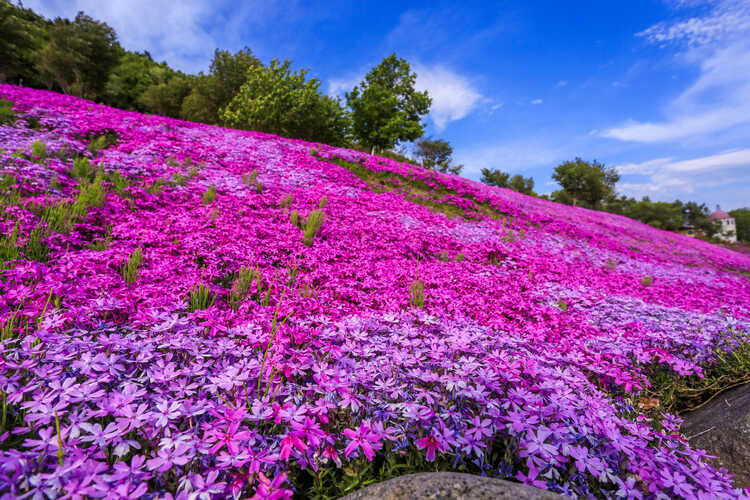
From a baby-pink beach in Greece to the fluorescent lake off the coast of Australia, discover the most Barbie-pink natural wonders of the world
By
Think pink: these destinations, despite their luminous pink hues, aren’t from the set of the latest Barbie movie– they’re real landscapes from all corners of the globe. Pink is as extraordinary in nature as is in Hollywood films. Check out these five wonders – from lakes, to beaches, to huge blossoms of flowering moss. It’s a Barbie world.
Lake Hillier

The strawberry-milkshake-coloured, 182-metre (600 feet) Lake Hillier is on the Middle Island, the largest island in the Recherche Archipelago off the coast of Western Australia. The only living organisms in the highly saline lake (as salty as the Dead Sea) are microorganisms including Dunaliella salina, a red algae and a red halophilic bacteria, present in the salt crusts.
Elafonissi Beach

Located on Elafonisi Island, near southwestern Crete in Greece, Elafonisi Beach boasts clear, turquoise waters and baby-pink sand. The microorganism Benthic foraminifera – which developed 541 million years ago during the Cambrian period – lives in the sand. These tiny, bright pink or red-shelled animals congregate under rocks, reefs and caves. When these microorganisms die, their shells calcify and mix with the sand to create the beach’s characteristic pink colouring.
Takinoue Park

The arrival of spring in Hokkaido, Japan, brings the most fluorescent, highlighter-pink moss to Takinoue Park. This moss, shibazakura or moss phlox, is one of the largest blossoms of the plant in Japan.
Between May and June, The Takinoue Moss Phlox Festival is held, inviting visitors to take helicopter rides to view the sweet-smelling pink blossoms. The flowering moss also appears in several other areas, such as the Hitsujiyama Park near Tokyo, or the ten-acre Higashimokoto Shibazakura Park
.
Las Salinas de Torrevieja

With high salinity and warm temperatures, Las Salinas de Torrevieja in Spain is the perfect breeding ground for the host of bacteria and algae that contribute to its striking colour.
A pink salt lake on Spain’s Costa Blanca, the lake’s colour is attributed to a mixture of halobacterium and a micro-algae, Dunaliella salina which release a reddish-pink dye – and is a frequent location for pink flamingo that feed on algae-filled shrimp that contribute to their pink feathers.
In 2020, the reduced number of tourists due to the pandemic, coupled with an unusually rainy season, meant that flamingos returned to the site for the first time in 37 years, birthing more than 600 chicks in the lake.
Pink Sands Beach

The Pink Sands Beach, located on Harbour Island in the Bahamas, is a beautiful, red-to-pink-to-white ombre sandy beach that stretches for five kilometres. The hue is caused by microscopic foraminifera bacteria.




